Premium Only Content
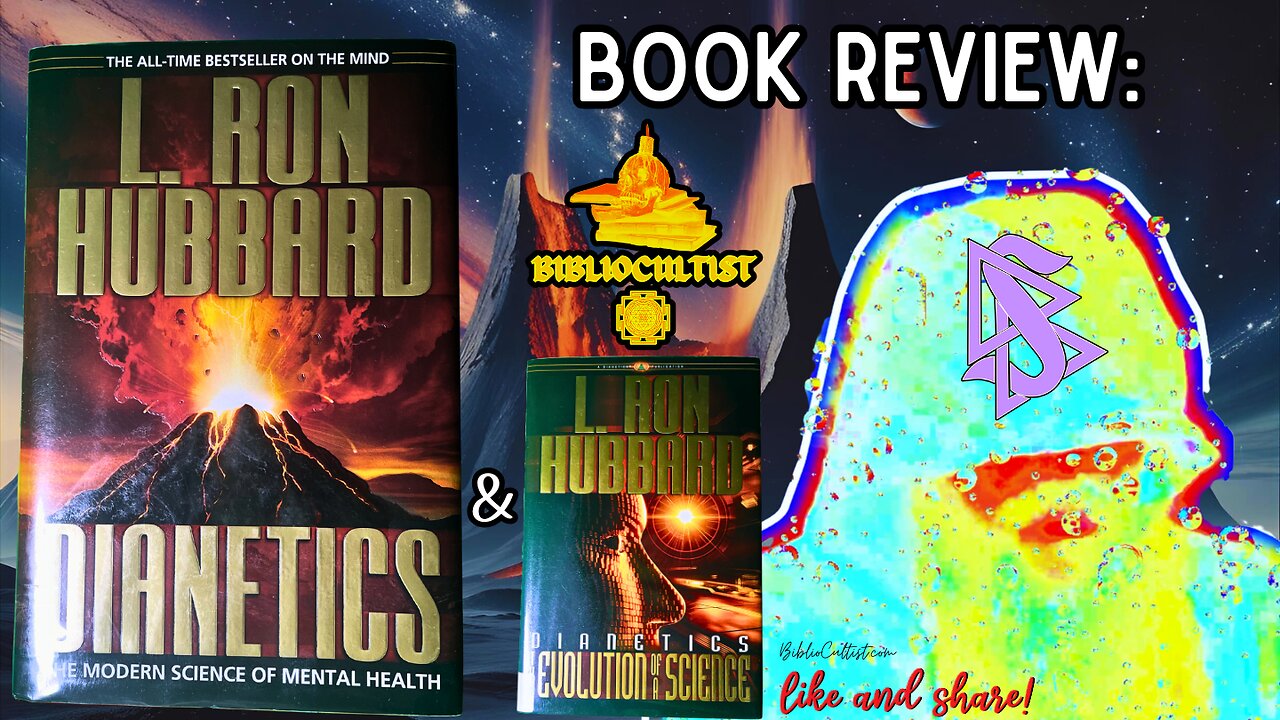
Dianetics: Science, Religion, or Occult Experiment?
**DONATE HERE IF YOU WISH TO HELP FUND THIS PROJECT: http://ko-fi.com/bibliocultist**
In this video, I delve into L. Ron Hubbard's book 'Dianetics: The Modern Science of Mental Health', the foundational text of Scientology. The video explores Hubbard's intriguing connections to Jack Parsons and Aleister Crowley, adding an occult dimension to the book's background. My aim is to provide an unbiased review of 'Dianetics' and its profound impact on culture and religion. I go over the axioms and presuppositions that lie at the foundation of #Scientology itself, the Four Dynamics, etc. I also discuss the companion book, 'Dianetics: The Evolution of a Science', which outlines Hubbard's claimed methodology and discoveries.
*all music and content copyright BiblioCultist.com*
#Scientology #LRonHubbard #Dianetics #ReligiousStudies #Occult #JackParsons #AleisterCrowley #bibliocultist #BookReview #booktube #booktok #books #biblio #cultist
**SHOW NOTES**
1. Scientology, as defined by L. Ron Hubbard, is a religious system founded in 1954, building upon his earlier work Dianetics (1950). It posits that humans are immortal spiritual beings (thetans) trapped in a cycle of rebirth, burdened by traumatic memories (engrams) that hinder spiritual freedom. Through auditing (a guided counseling process) and training routines, adherents seek to achieve Clear and ultimately Operating Thetan (OT) states—progressively freeing themselves from material limitations and past traumas.
2. L. Ron Hubbard (1911–1986) was an American author, philosopher, and founder of Scientology. Educated in civil engineering at George Washington University (though he left without a degree), Hubbard served as a U.S. Navy officer during WWII, commanding sub-chasers in the Pacific. His wartime injuries and interest in psychology influenced his later work. A prolific writer of science fiction and adventure stories, he gained prominence with Dianetics. By 1954, Hubbard expanded these ideas into Scientology, a religious system.
3. John Whiteside "Jack" Parsons (1914–1952) was an American rocket scientist and occultist who played a pivotal role in both early rocketry (co-founding JPL) and esoteric traditions. A devoted follower of Aleister Crowley, Parsons became head of the Agape Lodge, the U.S. branch of Crowley’s Ordo Templi Orientis (O.T.O.), where he practiced Thelemic rituals, sex magic, and the invocation of Babalon (a divine feminine force). In 1946, Parsons collaborated with L. Ron Hubbard on the infamous Babalon Working, a ritual series aimed at manifesting a "moonchild" messiah—though Crowley later dismissed it as reckless. Parsons’ occult pursuits and scientific career ended abruptly with his mysterious death in a lab explosion in 1952.
4. The Book of Babalon is a short, cryptic text channeled by L. Ron Hubbard in 1946 during the Babalon Working rituals with Jack Parsons, based on Thelemic magic (Aleister Crowley’s system). Hubbard, acting as the "seer," transcribed visions of the goddess Babalon—a Thelemic archetype of divine chaos and liberation—while Parsons performed invocations.
5. In The Discovery of the Unconscious (1970), Henri Ellenberger traces psychiatry’s roots to Mesmerism and hypnotism, revealing how early theories of the mind emerged from esoteric and philosophical traditions. Figures like Freud, Jung, and Adler—though later framed as "scientific"—drew on occult concepts: Freud’s unconscious mirrored hidden cosmic forces, Jung’s collective unconscious echoed mystical archetypes, and Adler’s will to power borrowed from Nietzschean vitalism. Ellenberger shows that psychiatry’s foundations lie less in empirical biology than in theosophy, Romanticism, and hermetic thought—a lineage obscured by later clinical jargon.
6. Stoicism, founded in ancient Greece, teaches that virtue (wisdom, courage, justice, temperance) is the sole good. Its axioms—like controlling perceptions, accepting fate and focusing on inner autonomy—resemble L. Ron Hubbard’s later emphasis on self-determinism and "cause over effect" in Scientology. Both systems reject victimhood, advocating mental discipline to transcend suffering. However, Stoicism’s logos (universal reason) contrasts with Hubbard’s thetan doctrine.
7. Because the structure of ‘therapy’ in Dianetics is quite similar to 'mainstream' treatments for mental health, it involves costs that completely depart from typical religious services. It stands at a weird threshold between visiting a doctor’s office and a religious confessional. This means that pricing these things complicates everything and this aspect is the one that drives most of the criticism of excessive costs involved in the path ‘up the bridge’. I do think that Hubbard’s initial concept of limiting costs to 10% of people’s income, similar to how Christian tithing is managed and how it is currently applied by the LDS religion, could ameliorate the concerns and obstacles currently in place.
-
 2:16:26
2:16:26
Megyn Kelly
19 hours agoBen Shapiro Responds to Tucker Carlson, Plus Sydney Sweeney and Newsom, with Knowles and Klavan
23.1K83 -
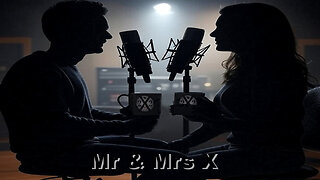 56:11
56:11
X22 Report
2 hours agoMr & Mrs X - Women Are Fighting Back Against Men In Women's Spaces, It Has Begun - EP 15
5.89K4 -
 20:46
20:46
Jasmin Laine
1 day agoJoe Rogan Drops NUKE—Carney’s Secret Deal + 100,000 Kamloops Homes at Risk
1.93K17 -
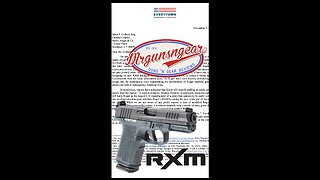 4:00
4:00
Mrgunsngear
1 day ago $14.62 earnedFirst They Came For Glock, Now They're Coming For The Ruger RXM
7.54K16 -
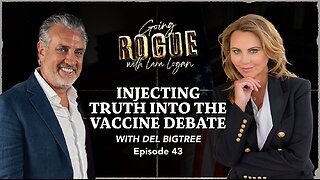 1:42:46
1:42:46
Lara Logan
1 day agoINJECTING TRUTH INTO THE VACCINE DEBATE with Del Bigtree | Ep 43 | Going Rogue with Lara Logan
6.79K31 -
 12:55
12:55
Cash Jordan
19 hours agoNYC Busses 'MOBBED' by Millionaires... as "Communist" Mayor VOWS to END AMERICA
38220 -
 LIVE
LIVE
Major League Fishing
1 day agoLIVE! MLF Toyota Series Championship!
678 watching -
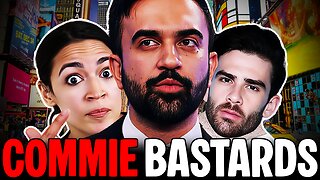 18:54
18:54
Bearing
1 day agoNew York COMMUNIST TAKEOVER 🚨 Zoran Mamdani’s Revolution 💥
3.12K67 -
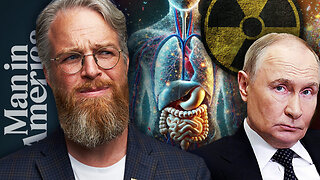 1:05:26
1:05:26
Man in America
1 day ago“Poseidon” Doomsday Sub, Microplastics & The War on Testosterone w/ Kim Bright
40.2K55 -
 12:15
12:15
Degenerate Jay
21 hours agoIs GTA 6 In Trouble?
226